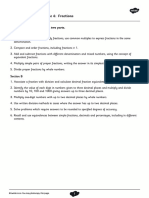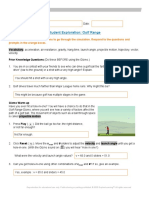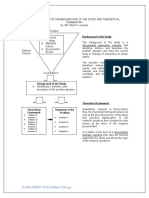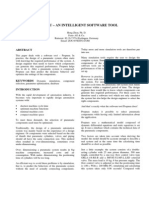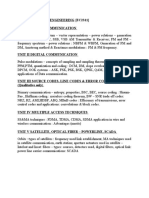1.
Basics: Variables, Data Types, print, input
# Variables
name = "Alice" # string
age = 25 # integer
height = 5.7 # float
is_student = True # boolean
# Printing
print("Name:", name)
print(f"{name} is {age} years old.")
# Input
user_name = input("Enter your name: ")
print("Hello,", user_name)
# Data types
x = 10
print(type(x)) # <class 'int'>
2. Logic: if, else, elif
num = 10
if num > 0:
print("Positive")
elif num == 0:
print("Zero")
else:
print("Negative")
3. Loops: for, while
# for loop
for i in range(5):
print(i) # 0,1,2,3,4
# while loop
count = 0
while count < 5:
print(count)
count += 1
4. Collections: lists, dictionaries, tuples, sets
# List
fruits = ["apple", "banana", "cherry"]
fruits.append("orange")
print(fruits[1]) # banana
# Dictionary
person = {"name": "Bob", "age": 30}
print(person["name"])
person["age"] = 31
# Tuple (immutable)
coordinates = (10, 20)
print(coordinates[0])
# Set (unique values)
unique_nums = {1, 2, 2, 3}
print(unique_nums) # {1, 2, 3}
5. Functions: def, arguments, return values
def greet(name):
return f"Hello, {name}!"
msg = greet("Alice")
print(msg)
�6. Modules: importing libraries
import math
print(math.sqrt(16)) # 4.0
from random import randint
print(randint(1, 10))
7. File handling: read/write files
# Write
with open("test.txt", "w") as f:
f.write("Hello world")
# Read
with open("test.txt", "r") as f:
content = f.read()
print(content)
8. OOP (Object-Oriented Programming): classes & objects
class Person:
def __init__(self, name, age): # constructor
self.name = name
self.age = age
def greet(self):
print(f"Hi, I'm {self.name} and I'm {self.age} years old.")
p1 = Person("Alice", 25)
p1.greet()
9. Popular libraries: pandas
import pandas as pd
data = {"Name": ["Alice", "Bob"], "Age": [25, 30]}
df = pd.DataFrame(data)
print(df)
matplotlib
import matplotlib.pyplot as plt
x = [1, 2, 3]
y = [2, 4, 6]
plt.plot(x, y)
plt.show()
requests
import requests
response = requests.get("https://api.github.com")
print(response.status_code)
print(response.json())
flask
from flask import Flask
app = Flask(__name__)
@app.route("/")
def home():
return "Hello, Flask!"
� if __name__ == "__main__":
app.run(debug=True)
fastapi
from fastapi import FastAPI
app = FastAPI()
@app.get("/")
def read_root():
return {"Hello": "World"}







































































